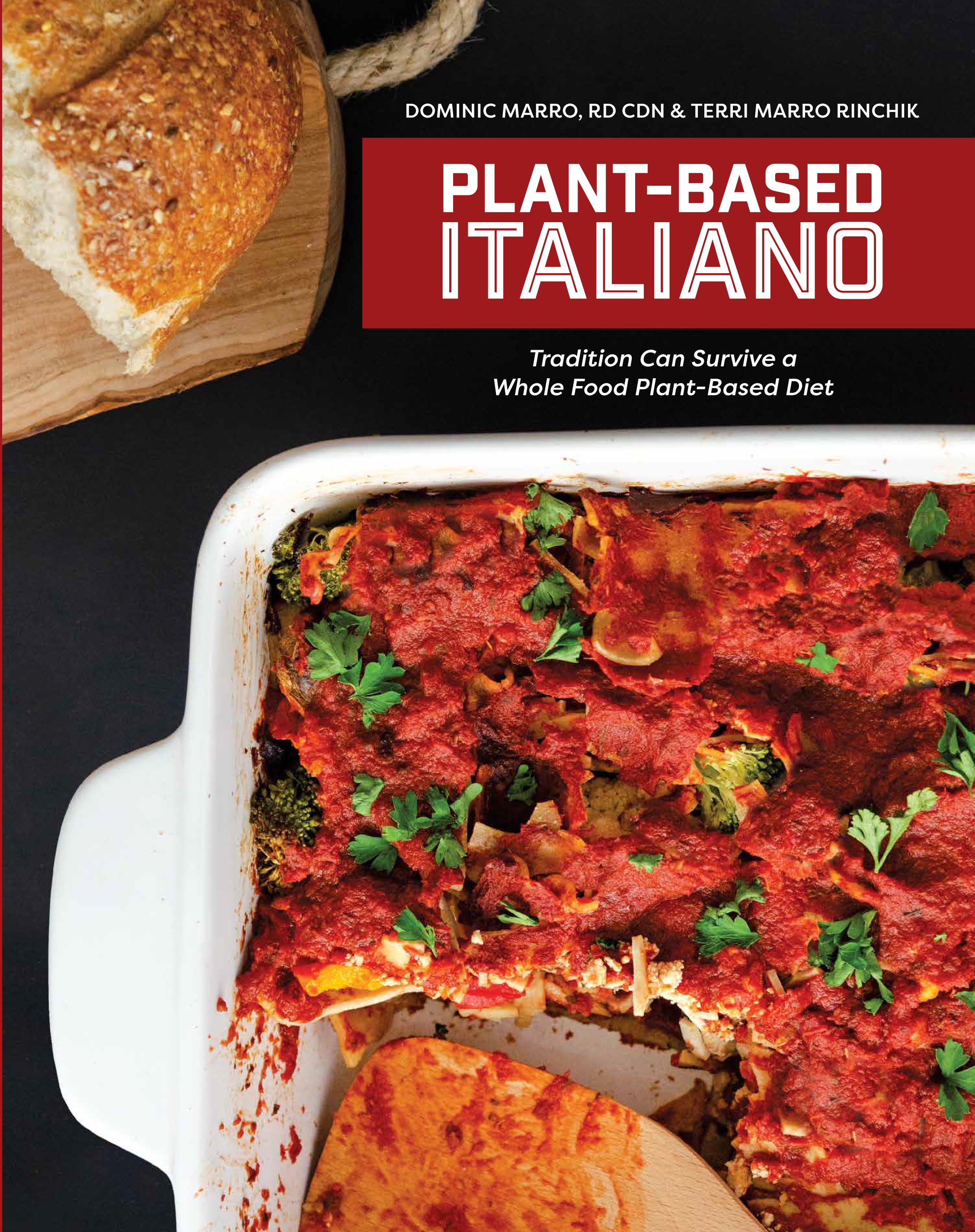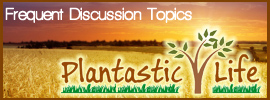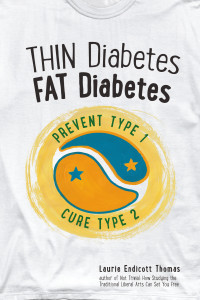A friend recently informed me that her cardiologist recommended that she begin taking Red Yeast Rice supplements. She asked me my thoughts about these and the best I could do for her was to refer her to some WFPB MDs whose familiarity with red yeast rice is likely to exceed mine.
I felt compelled to learn a little more about this stuff. Hence this article.
Red yeast rice, is a bright reddish purple fermented rice, which acquires its color from being cultivated with the mold Monascus purpureus.
Red yeast rice is what is referred to as a “koji” in Japanese, meaning “grain or bean overgrown with a mold culture”, a food preparation tradition going back to 300 BC
Traditional Chinese Medicine
In addition to its culinary use, red yeast rice is also used in Chinese herbology and traditional Chinese medicine. Its use has been documented as far back as the Tang Dynasty in China in 800 AD. It is taken internally to invigorate the body, aid in digestion, and revitalize the blood.
Red Yeast Rice and Drugs
It turns out that the mold on red yeast rice makes a substance that is identical to Lovastatin. called monicolin K. Lovastatin became the patented, prescription drug Mevacor for Merck & Co. Red yeast rice went on to become a contentious non-prescription dietary supplement in the United States and other countries.
Lovastatin and other prescription “statin” drugs inhibit cholesterol synthesis by blocking action of the enzyme HMG-CoA reductase. As a consequence, circulating total cholesterol and LDL-cholesterol are lowered.
What Is Red Yeast Rice Extract (RYRE)?
RYRE is a substance that’s extracted from rice that’s been fermented with a type of yeast called Monascus purpureus. RTRE naturally contains several ingredients that may help control cholesterol levels. These include a number of monacolins, most importantly monacolin K. It also contains sterols, isoflavones, and monounsaturated fatty acids.
Is Red Yeast Rice Extract a Drug or a Supplement?
Confusingly, the answer is both. On one hand, the extract is a traditional remedy that helps lower cholesterol. On the other, the pharmaceutical manufacturer Mevacor argues that it owns the rights to the ingredient Lovastatin.
This confusion extends to how the supplement is sold in the U.S. Because red yeast rice extract contains a substance classified as a prescription drug, the FDA has attempted to control its sale. In 2007, the FDA asked that three RYRE products — Cholestrix by Sunburst Organics and two red yeast rice formulations by Swanson Healthcare Products (Red Yeast Rice and Red Yeast Rice/Policosonal Complex) — be withdrawn from the market because they contained lovastatin. The FDA cited a risk of severe muscle problems that could lead to kidney disease.
Despite the FDA’s attempts, many people in the U.S. still manage to get similar red yeast rice extracts from other countries or on the Internet.
What is the present status of red yeast rice?
Small scale studies using pharmaceutical-grade red yeast rice have continued to demonstrate efficacy and safety. However, in the United States it is no longer legal to sell supplements of red yeast rice that contain more than trace amounts of cholesterol lowering substances. For example, the active ingredients of red yeast rice have been removed from Cholestin marketed in the United States. (Hypocol, another product containing red yeast rice is no longer being sold in the United States.)
Here are the reasons the Food and Drug Administration (FDA) has used to rule that it is illegal to sell red yeast rice that contains more than trace amounts of the cholesterol-lowering substances and to promote red yeast rice for lowering cholesterol levels:.
- First, statin drugs are associated with muscle and kidney injury when used alone or combined with other medications. There is concern that patients who already take statin drugs with or without these other medications may increase their risk of muscle or kidney injury.
- Second, the FDA considers the products containing red yeast rice with high levels of cholesterol lowering substances to be new, unapproved drugs for which marketing violates the Federal Food, Drug, and Cosmetic Act.
How Well Does Red Yeast Rice Lower Cholesterol?
Studies have shown that RYRE can significantly lower levels of total cholesterol and specifically LDL, or “bad” cholesterol. One showed that taking 2.4 grams per day reduced LDL levels by 22% and total cholesterol by 16% in 12 weeks. Another study showed that taking 1.2 grams per day lowered LDL levels by 26% in just eight weeks.
However, the studies so far have been fairly small and too short to show long-term effects.
What Is the Correct Dosage of Red Yeast Rice Extract?
Since research into RYRE is in its early stages, experts still aren’t sure what the ideal dose should be. The amounts taken in some studies have varied from 1.2 to 2.4 grams per day. In China and other countries, estimates of average daily consumption are much higher.
Keep in mind that the amount of monacolin — perhaps the most important ingredient — in a red yeast rice extract can vary a lot. There are many different strains of the yeast. Different types of fermentation are used. One study of different brands of red yeast rice supplements showed that the amount of monacolin ranged from 0% to 0.58%. So even though studies have shown that RYRE can lower cholesterol, you can’t really know if the supplement brand you’re using will have that effect.
What Are the Risks of Red Yeast Rice?
Studies have shown that side effects are mild, like headaches, heartburn, and upset stomach. Side effects from prescription lovastatin include elevation of liver enzymes and muscle enzymes, muscle problems, and liver problems.
But more research needs to be done before we can know about the long-term safety of red yeast rice extract. We do know that some types may be more dangerous than others because of high levels of other substances such as citrinic acid.
RYRE also shares some of the same risks as statins, the class of drugs containing lovastain. Experts say that the risks of lovastatin would logically apply to RYRE — elevation of liver and muscle enzymes, muscle problems, and liver problems.
The extract may not be safe for everyone. You should not take it if you:
- Have kidney disease
- Have liver disease
- Are pregnant
- Are breastfeeding
In addition, anyone taking one of the following medicines should not use red yeast rice:
- Statins to control cholesterol such as rosuvastatin (Crestor), fluvastatin (Lescol), atorvastatin (Lipitor), pravastatin (Pravachol), and simvastatin (Zocor)
- Other cholesterol drugs such as gemfibrozil (Lopid) and fenofibrate (TriCor)
- Drugs to suppress the immune system, like cyclosporine
- Antifungal drugs such as fluconazole (Diflucan), ketoconazole (Nizoral), and itraconazole (Sporanox)
- The antibiotics erythromycin and clarithromycin (Biaxin)
- Serzone, an antidepressant
- Protease inhibitors, used to treat HIV
- People who have allergies to fungus or yeast should also be wary of using RYRE.
- The extract may also interact with other drugs for blood pressure and thyroid problems and interact with other herbs and supplements you may be taking.
- Whatever the state of your health, always talk to your doctor before you start using red yeast rice or any other supplement. Remember that not all brands are equal, and that RYRE isn’t safe for everyone. Though red yeast rice extract looks like a promising treatment, more research needs to be done. For now, you should be cautious.
Get emergency medical help if you have signs of an allergic reaction: hives; difficulty breathing; swelling of your face, lips, tongue, or throat.
Although not all side effects are known, red yeast rice is thought to be possibly safe when taken as directed for up to 4.5 years.
Stop using red yeast rice and call your healthcare provider at once if you have:
- unexplained muscle pain, tenderness, or weakness;
- fever, unusual tiredness; or
- nausea, upper stomach pain, itching, tiredness, loss of appetite, dark urine, clay-colored stools, jaundice (yellowing of the skin or eyes).
Common side effects may include:
- constipation; or
- stomach discomfort.
This is not a complete list of side effects and others may occur. Call your doctor for medical advice about side effects. You may report side effects to FDA at 1-800-FDA-1088.
What should I discuss with my healthcare provider before taking red yeast rice?
You should not use red yeast rice if you are allergic to it, or:
- if you already take a cholesterol-lowering medication, such as lovastatin, simvastatin, atorvastatin, rosuvastatin, Zocor, Lipitor, Pravachol, Crestor, Vytorin, and many others.
Talk with your healthcare provider before using red yeast rice to lower your cholesterol. You should not use red yeast rice in place of any medication that has been prescribed by your doctor.
Stay Healthy and Strong!






 E Excerpt from Laurie Endicott Thomas’s amazing book Thin Diabetes – Fat Diabetes by clicking here!
E Excerpt from Laurie Endicott Thomas’s amazing book Thin Diabetes – Fat Diabetes by clicking here!
Great advice! Iam allergic to mold and mildew so I will refain from using it and stick to a WFPB diet which is safe and has no side effects, along with whole food concentrate JUICEPLUS which decreases inflammation in the arteries naturally and daily excersise. Thank you for taking the time to educate the public into making an educated decision. Knowledge is Power!!
tgagliano.juiceplus.com